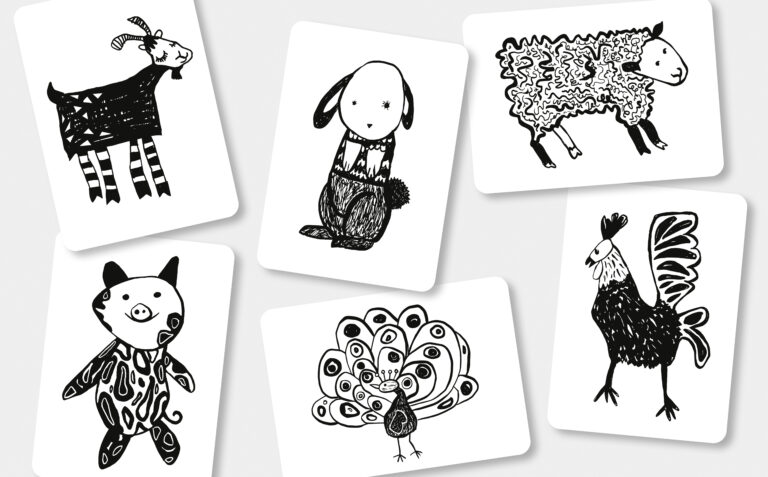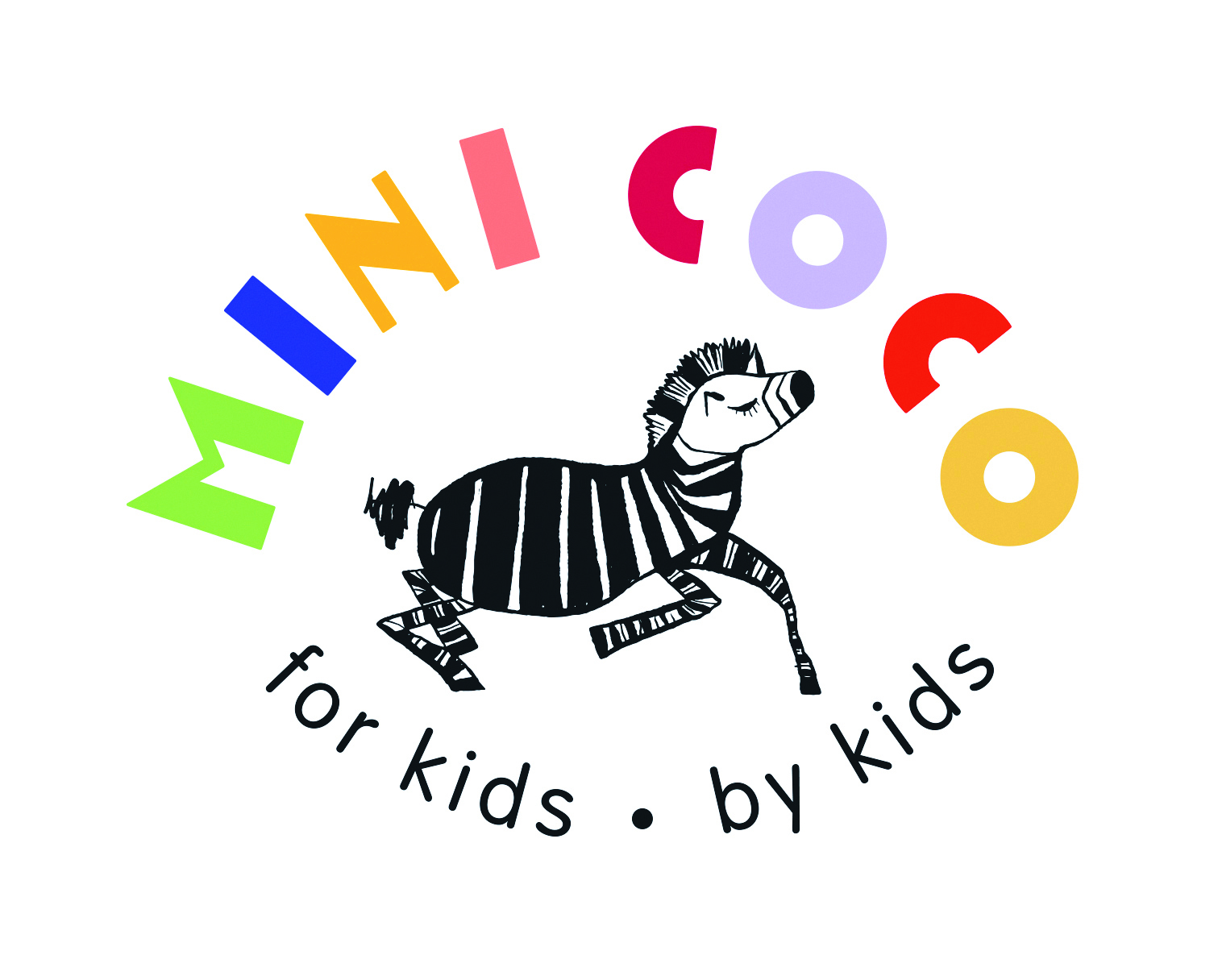
During the first 2 months, babies can only perceive light and dark (development of the rods).
Their world is mainly monochrome, black and white. It is therefore important to stimulate and help the baby’s visual development in this visual phase and the phases that follow.
Below we explain why offering high contrast, black and white patterns, is so important for babies.
High Contrast
Visual stimulation
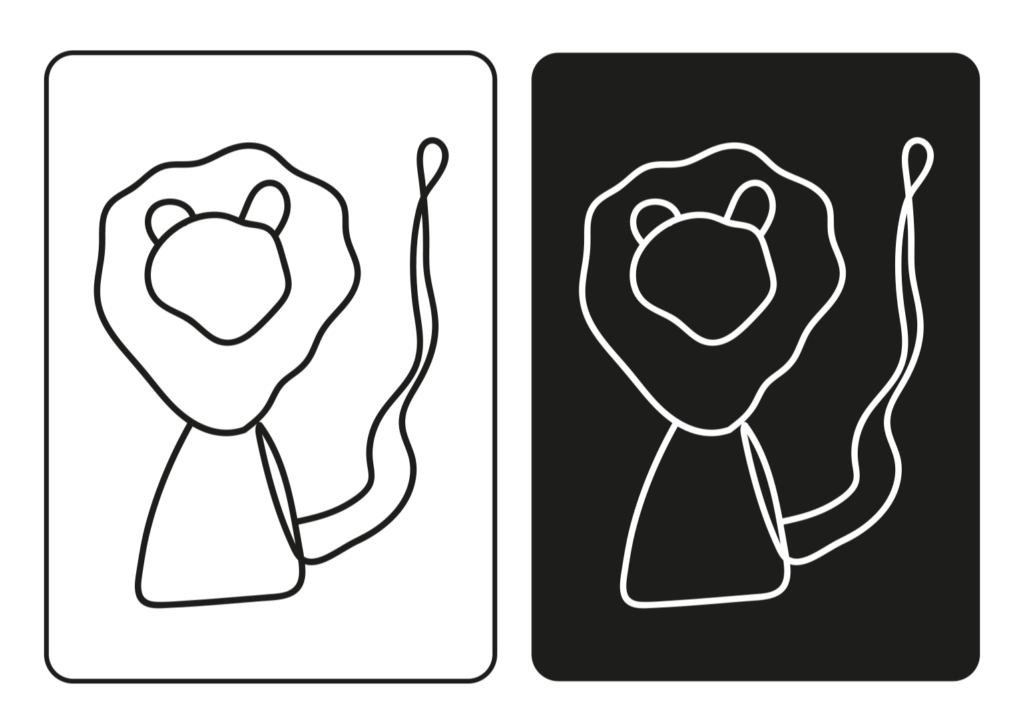
Newborn babies have limited eyesight and can see high-contrast patterns best. Black and white patterns are visually striking and easily distinguishable for babies. These patterns capture their attention and provide the necessary visual stimulation, which is vital for their developing brain.
Neural connections:
Building babies eyesight
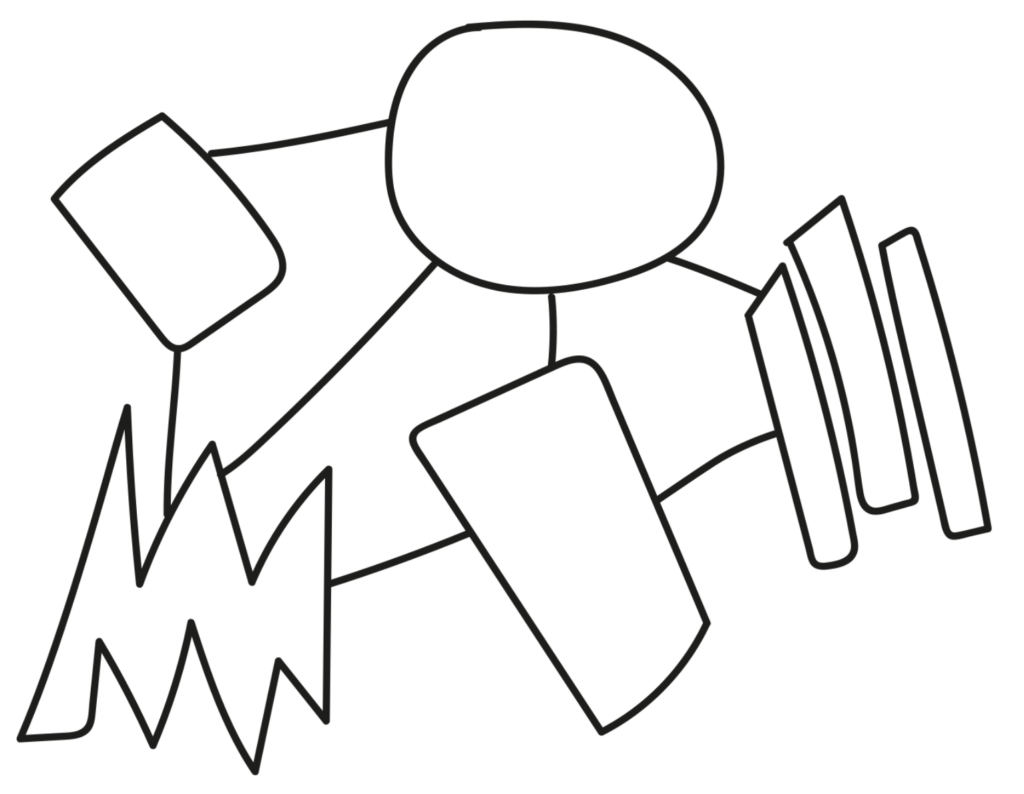
A babies vision is still developing. By exposing them to contrasting patterns, the neural connections in the visual part of the brain begin to form and strengthen. The repeated exposure to these bold patterns encourages neurons to connect, helping to build connections between their eyes and brains. This helps the baby’s brain adapt and develop the ability to process more complex visual information.
Sensory stimulation:
Tickling babies senses
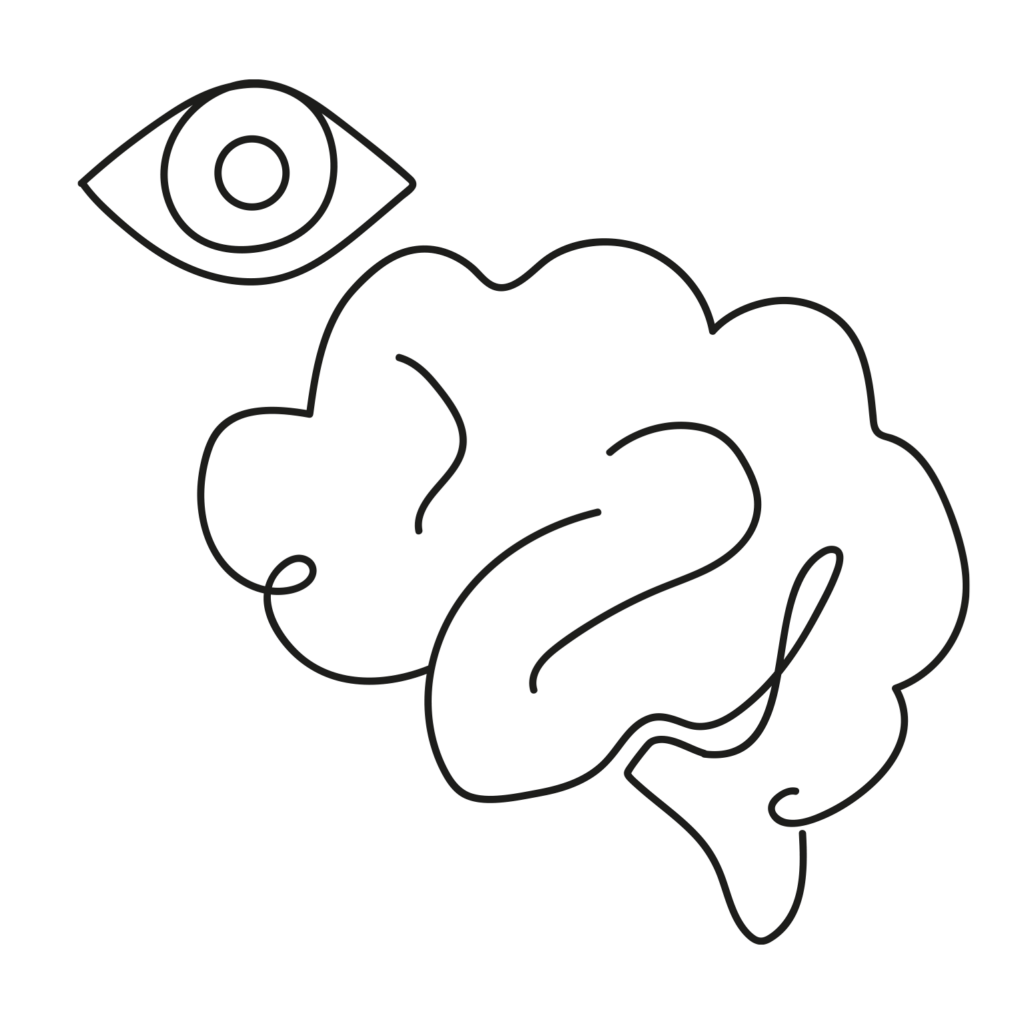
Visual stimulation is a part of the overall sensory stimulation that babies need for healthy development. High contrast contributes to this stimulation.
Focus and attention

High-contrast patterns are effective in capturing a baby’s focus and attention. Infants are naturally drawn to these patterns because they stand out in their visual field. As babies engage with these visuals, they learn to track and concentrate on objects, which is a critical skill in the early stages of visual development.
Preparing for color vision

While babies are initially drawn to high-contrast black and white patterns, this fascination gradually paves the way for their interest in colors. Exposure to these patterns helps develop the foundations of visual perception and prepares their visual system for the introduction of more complex and subtle color distinctions as they grow.
In summary, high-contrast visuals, especially black and white patterns, are essential for a baby’s visual development: Because they provide the necessary visual stimulation, encourage the formation of neural connections, capture the baby’s focus. And prepare them for the gentle introduction to a colorful world. These visuals are the building blocks for a baby’s visual journey, setting the stage for their evolving visual skills.
